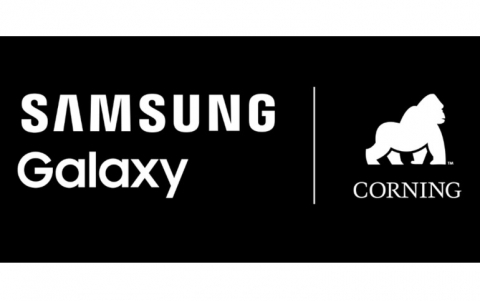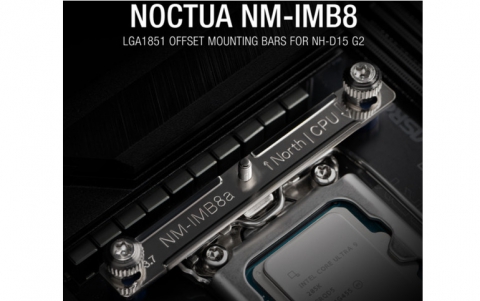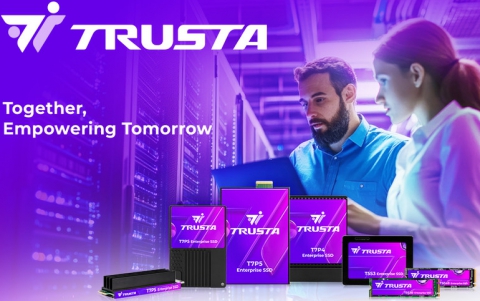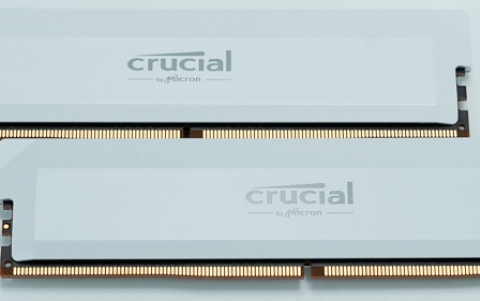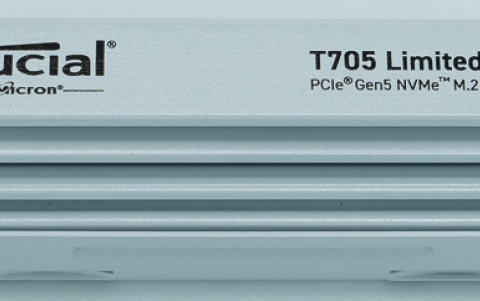
Nvidia To Build CPU And GPU Combo Chip For Supercomputers
Nvidia is expcted to pair CPUs, with graphics processors (GPUs) in future products designed for high-performance computing and inspired by Tegra mobile chips.
Nvidia's current Tegra 3 SoCs are taking advantage of low-powered processor cores designed by ARM and Nvidia's own graphics processors. The SoCs are powering smartphones and tablets.
The company's Tesla high-performance chips are carrying GPUs and offer their massive parallel power make compicated calculations in supercomputing and enterprise applications.
The next step for Nvidia is to integrate CPU cores alongside graphics cores in Tesla high-performance chips, according to the company.
"Tegra is going to become GPU computing capable in the not-so-distant future. Sometime this decade we are also going to start bringing integrated CPUs and GPUs together in the Tesla line," said Steve Scott, chief technology officer for the Tesla product line at Nvidia, in an interview with Infoworld.
Scott did not provide a specific date on when Tesla chips with CPUs and GPUs would be released. For sure, the specific CPU+GPU Tesla project is related with Nvidia's plans to release the 'Denver' chips sometime in the future - processors that add ARM-based CPU to the GPU much like the Tegra chips - designed for servers, but also for high-end smartphones and tablets. The CPU core of the Denver chips will be based on the new ARMv8 64-bit architecture.
"We are working on Project Denver, which aims to make a very high-performance ARM core based on ARM64 that can be used in the range of Nvidia products," said Nvidia spokesman Hector Marinez.
ARM on Tuesday announced its first 64-bit processors, the Cortex A57 and A53, which may go into servers starting in 2014.
Nvidia's 'rival' AMD is already offering chips that combine CPUs with GPUs, designed for supercomputing products. AMD in August announced FirePro A300 high-performance processors that combine x86 CPUs and GPUs. AMD also combines x86 chips with Radeon graphics cores in its A-, C- and E-series processors for PCs and Z-60 chips for tablets.
The company's Tesla high-performance chips are carrying GPUs and offer their massive parallel power make compicated calculations in supercomputing and enterprise applications.
The next step for Nvidia is to integrate CPU cores alongside graphics cores in Tesla high-performance chips, according to the company.
"Tegra is going to become GPU computing capable in the not-so-distant future. Sometime this decade we are also going to start bringing integrated CPUs and GPUs together in the Tesla line," said Steve Scott, chief technology officer for the Tesla product line at Nvidia, in an interview with Infoworld.
Scott did not provide a specific date on when Tesla chips with CPUs and GPUs would be released. For sure, the specific CPU+GPU Tesla project is related with Nvidia's plans to release the 'Denver' chips sometime in the future - processors that add ARM-based CPU to the GPU much like the Tegra chips - designed for servers, but also for high-end smartphones and tablets. The CPU core of the Denver chips will be based on the new ARMv8 64-bit architecture.
"We are working on Project Denver, which aims to make a very high-performance ARM core based on ARM64 that can be used in the range of Nvidia products," said Nvidia spokesman Hector Marinez.
ARM on Tuesday announced its first 64-bit processors, the Cortex A57 and A53, which may go into servers starting in 2014.
Nvidia's 'rival' AMD is already offering chips that combine CPUs with GPUs, designed for supercomputing products. AMD in August announced FirePro A300 high-performance processors that combine x86 CPUs and GPUs. AMD also combines x86 chips with Radeon graphics cores in its A-, C- and E-series processors for PCs and Z-60 chips for tablets.









